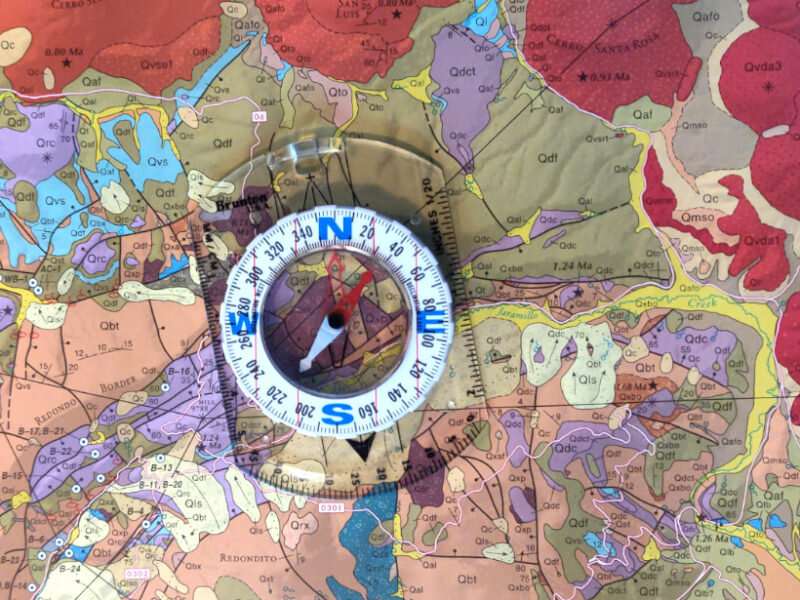But there's a catch. Geomagnetic storms can buffet and temporarily alter the shape of Earth's magnetic field. So, theoretically, they could degrade the accuracy of magnetometer chips. This degradation could be a problem if your target advertising hits in the wrong place or you're performing needle-guided surgery and miss the mark.
To find out whether phones are susceptible to the vagaries of space weather, Odenwald tested the iPhone 6S, Samsung Galaxy Note 5, Samsung Galaxy S8, and Samsung Galaxy S9 in simulated geomagnetic storms. Simulated storms were needed, Odenwald said, because his research took place during the recent 11-year solar minimum, when the Sun could not be counted on to provide very much in the way of sunspots and coronal mass ejections that can create significant geomagnetic storms on Earth.
In lieu of the Sun's cooperation, Odenwald used magnetic data from the powerful Halloween storms of 2003 and essentially ran the storms on the phones to see whether their magnetic signals would rise above the level of background noise. He also simulated the storms more directly by putting the phones into controlled magnetic fields.
Odenwald found that smartphone magnetometers are capable of detecting the very small magnetic field changes that accompany the strongest geomagnetic storms, especially at higher latitudes in North America, where magnetic field lines converge and dip earthward as they near the magnetic north pole. Under certain circumstances, he concluded, geomagnetic storms could be a significant source of error in compass and other positioning apps. But he also noted that the ubiquity of smartphones and their magnetometers presents an unprecedented opportunity for studying global changes in the geomagnetic field during significant solar storm events.
Explore further



